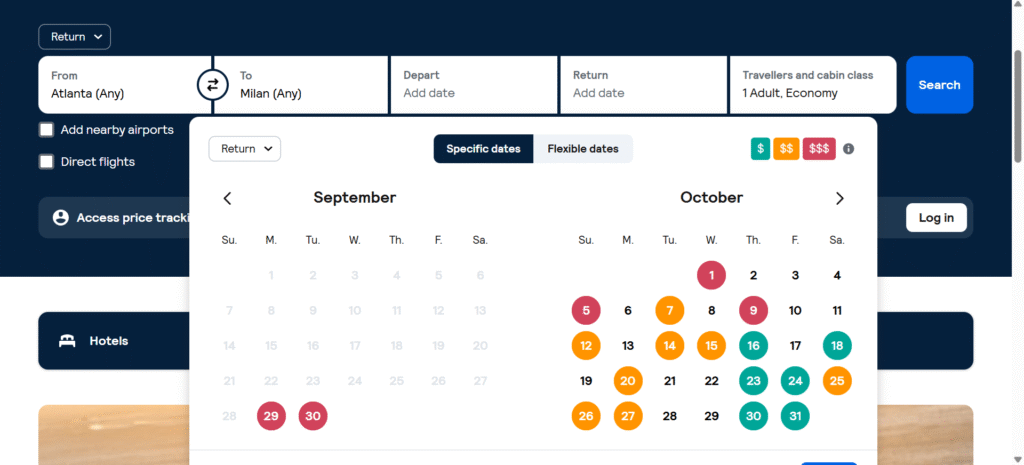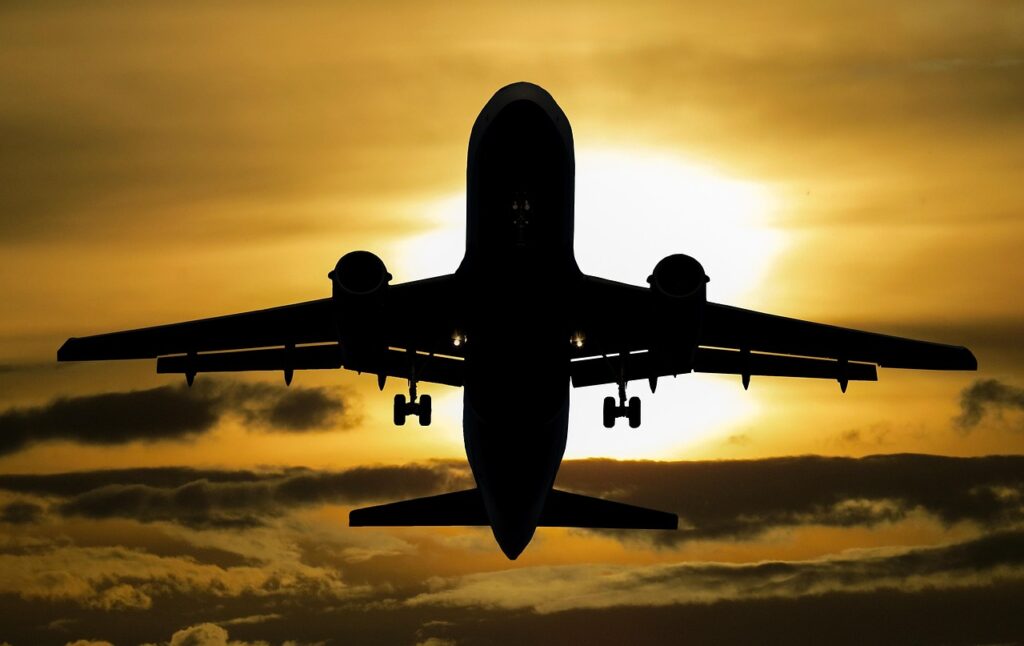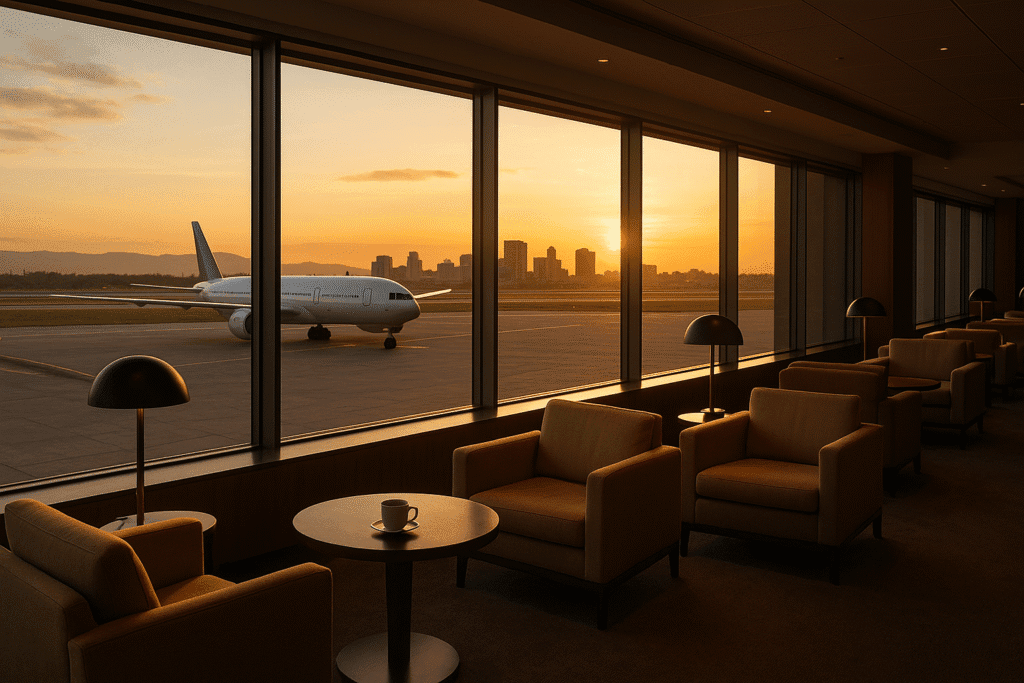Best Day to Buy Airline Tickets in 2025: Insider Tips Airlines Don’t Want You to Know
Forget “Tuesdays at Midnight.” The Truth Is Stranger (and Way More Useful).
If you’ve ever Googled “the best day to buy airline tickets,” chances are you’ve read the same recycled advice: buy on Tuesdays, wake up at 3 a.m., clear your cookies before searching.
As someone who spent years working as an airline executive, let me tell you something: most of that is complete myth. I used to believe some of it myself before I saw how fares were actually managed inside the system.
So today, I’m lifting the curtain on how airlines really decide when and why fares drop. And trust me: once you understand the mechanics behind pricing, you’ll stop chasing internet folklore and start booking smarter, cheaper flights every time.
How Airlines Really Set Prices (Insider View)
Here’s the one golden rule: airline pricing is all about supply and demand.
Forget secret days of the week or mystical algorithms that raise fares because you searched twice. Here’s what really happens:
- If a flight hasn’t sold as many seats as the airline expected within a given time frame, prices drop to encourage sales.
- If a flight is selling faster than forecasted, prices rise—even months before departure.
- Competitor pricing has a direct impact. If another airline on the same route suddenly drops fares, expect adjustments within hours.
It’s less about “best days of the week” and more about sales performance windows.
The Real Best Times to Buy Airline Tickets
Now let’s get practical. Based on years of experience behind the scenes, here are the strategies that actually work:
1. Buy at the End of the Month
This is my number-one insider hack.
Airlines track monthly sales targets. If a route underperforms, pricing teams may reduce fares near the end of the month to hit goals. This doesn’t happen every time—but when it does, the discounts can be significant.
⚠️ Exception: avoid July, December, and January. Demand is already sky-high during summer vacations and holidays, so prices rarely dip.
2. Watch for Airline Anniversaries
Airline birthdays aren’t just PR fluff—they’re marketing opportunities.
Most airlines run special anniversary sales with unusually deep discounts. These are short-lived and not always widely advertised, so it pays to subscribe to newsletters and set fare alerts around those dates.

3. Plan 8–10 Months in Advance for Peak Seasons
For international flights and high-demand months (July, December, January), the lowest fares almost always appear 8–10 months out. Wait too long, and the cheapest fare classes vanish, leaving you with inflated prices.
For shoulder seasons (spring and fall), you often have a bit more flexibility—4–6 months in advance is usually enough.
4. Pay Attention to Quarterly Financial Cycles
This one’s rarely talked about outside airline circles.
Near the end of financial quarters, if a route is underperforming, airlines may release promotional fares to boost sales numbers for the quarterly report. It’s not guaranteed, but it’s a smart window to monitor.
Myths You Can Forget
Now, let’s bust a few myths that waste travelers’ time:
- ❌ “Buy at dawn or on Tuesdays” → False. I believed this one myself before working in the industry. Turns out, it’s the biggest myth of all. Pricing isn’t tied to a day or hour—it’s tied to performance.
- ❌ “Airlines raise fares if you search multiple times” → False. Airlines don’t punish you for searching. What they do is track cookies to show you offers that match your browsing interests, but that’s not the same as hiking fares.
- ❌ “There’s a secret golden hour for cheap flights” → False. Unless a competitor drops fares or an internal sales target is missed, there’s no magic time of day.
Tools and Smart Booking Strategies That Work
Even with insider tricks, you’ll want to use the right tools to maximize your savings:
- Set price alerts (Google Flights, Skyscanner, Hopper) → This ensures you catch sudden fare drops the moment they happen.
- Check foreign versions of airline websites → Sometimes, local pricing differences or currency conversions work in your favor (this is how “error fares” are often spotted).
- Buy round-trip instead of two one-ways → Airlines often price round-trips more competitively.
- Stay flexible with dates and airports → A day earlier or later—or flying into a nearby city—can save you hundreds.

Quick Insider Checklist
Here’s a summary of my personal rules of thumb:
✅ Buy 8–10 months out for peak seasons (July, December, January).
✅ Monitor fares at the end of each month for potential dips.
✅ Watch for airline anniversary sales.
✅ Pay attention to quarterly reporting cycles.
✅ Set alerts, check foreign sites, and compare competitors.
❌ Ignore the “Tuesdays at Midnight” and “cookies raise prices” myth.
Final Thoughts
The real best day to buy airline tickets isn’t a day of the week—it’s about understanding how airlines react to supply, demand, and competition.
As an airline executive, I saw firsthand how quickly prices shift when sales lag behind expectations or when competitors shake up the market. And while no hack works 100% of the time, the strategies I shared here can put you miles ahead of the average traveler who still believes in “Tuesday midnight specials.”
If you want more insider travel hacks—from scoring affordable luxury hotels to maximizing miles—make sure you sign up for my newsletter. I’ll keep sending you the strategies airlines would rather you didn’t know.



